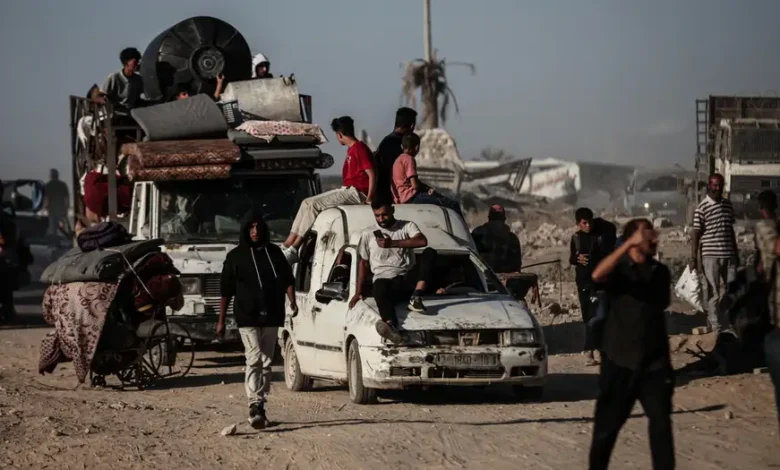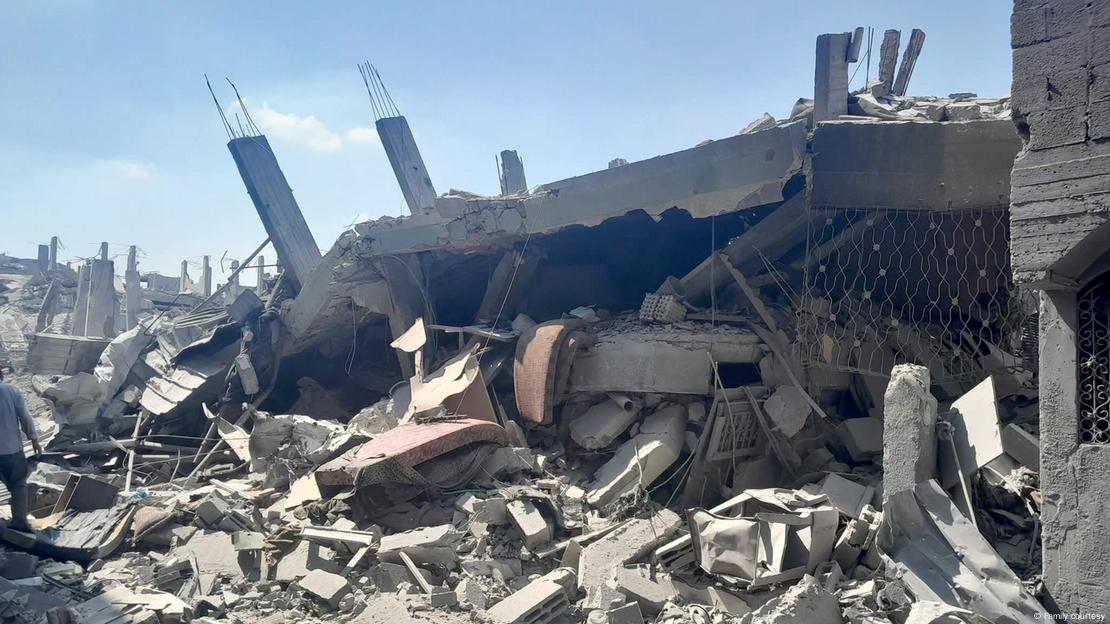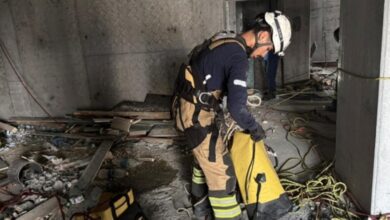Gaza’s fragile peace: Residents return to rubble and uncertain futures

As people across the Gaza Strip begin returning home after a fragile ceasefire, many are met with nothing but devastation — shattered homes, destroyed neighborhoods, and a deep sense of loss. While the guns have fallen silent, the wounds of war remain raw, and the hope for lasting peace is fragile.
For Nesreen Hamad, a mother of three from Deir al-Balah, the return home brought heartbreak. Her husband traveled to Gaza City’s Sheikh Radwan neighborhood to inspect their house, only to find it reduced to rubble. “We knew it had been bombed, but seeing it with our own eyes made it even more painful,” Hamad told DW by phone.

She was among tens of thousands who began moving north after the ceasefire took effect on Friday, walking for miles along Gaza’s coastal road in search of what remains of their lives.
A Deal to End a Two-Year War
The ceasefire follows weeks of indirect negotiations that resulted in a 20-point plan proposed by the United States and accepted by Israel and Hamas. The deal aims to end the two-year conflict that began on October 7, 2023, when Hamas launched deadly attacks across southern Israel, killing about 1,200 people and taking 251 hostages, according to Israeli officials.
Under the first phase of the plan, Hamas released 20 remaining hostages, while Israel freed nearly 2,000 Palestinian prisoners, many detained without charge. The bodies of 28 hostages are also expected to be returned.
Yet the most difficult political issues — including Gaza’s governance and reconstruction — remain unresolved.
“The War Killed Everything Inside Us”
For Hamad, the ceasefire is a relief, but it comes too late to undo the trauma. “The war is over, thank God, but only after it killed everything inside us,” she said. “It killed friends, relatives, and neighbors. It destroyed Gaza. It turned us into psychological wrecks.”
According to UN estimates, nearly two-thirds of Gaza’s buildings have been damaged or destroyed since the conflict began. The Hamas-run Gaza Health Authority says more than 67,000 people, mostly civilians, have been killed. The UN Commission of Inquiry has described the war as “genocidal,” an allegation Israel firmly denies.
“Israel Has Created Enemies for Many Years to Come”
In Gaza City, Mahmoud Afif, a father of six, stayed behind during the Israeli military’s advance because he had no money to flee. “Thank God, none of my children were killed, and I am still alive,” he said. But his home in Shijaiyah was flattened, dw.com reports.
“I lost my home, the one I worked all my life to build,” he said bitterly. “Everything that happened achieved nothing. It pushed Gaza backwards by years. Israel has created enemies for many years to come.”
While Israel’s army has begun withdrawing to agreed positions under the ceasefire, officials say the Israel Defense Forces (IDF) still control around 53% of Gaza, and several areas remain off-limits due to unexploded ordnance and security risks.
“The Hell Continues”
For Faten Lubbad, who fled to Khan Younis after repeated bombings in northern Gaza, returning home no longer feels meaningful. “Our house is gone,” she said. “We can stay temporarily, but our goal now is to get out — to Egypt or anywhere else. The war in Gaza might be over, but the hell continues.”
As the ceasefire holds for now, Gaza’s people face the daunting task of rebuilding amid uncertainty, grief, and the fragile hope that peace — however distant — may one day take root.
Follow The Times Kuwait on
X, Instagram and Facebook for the latest news updates












